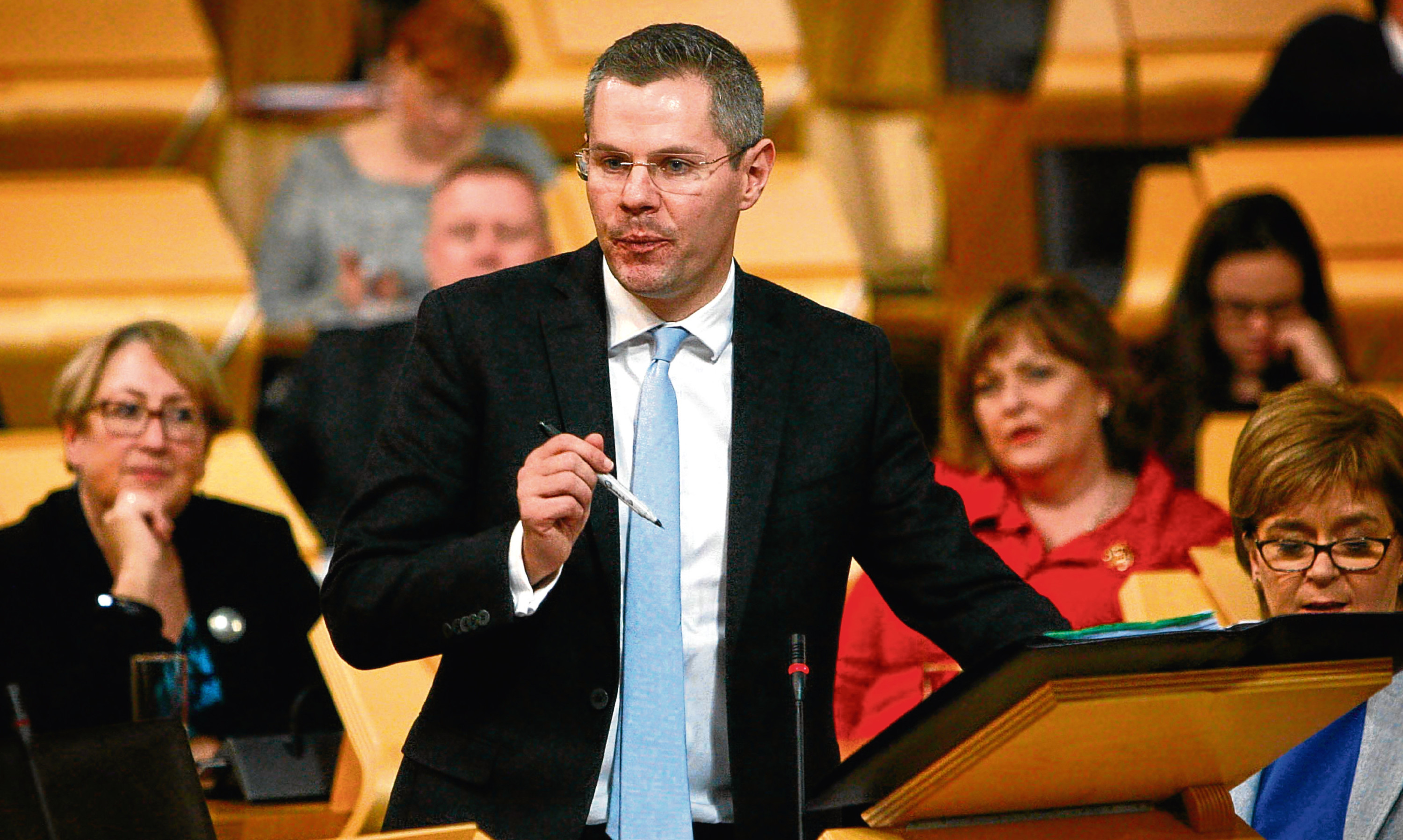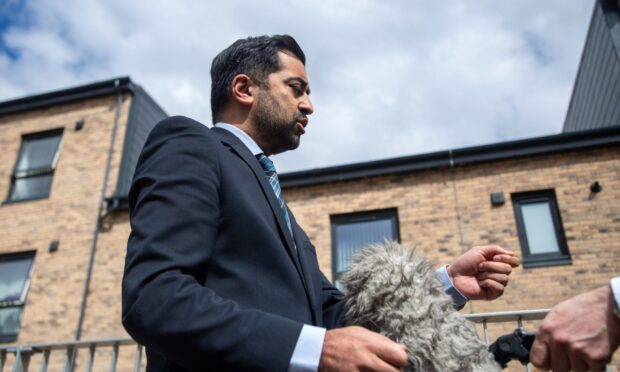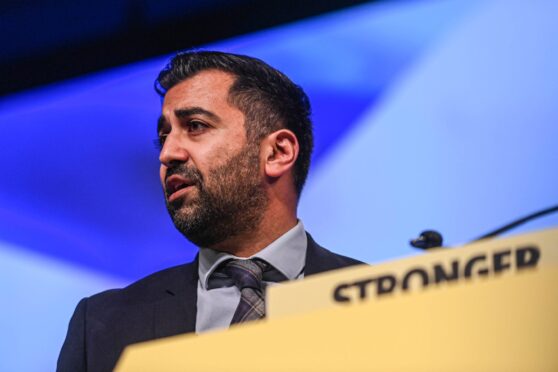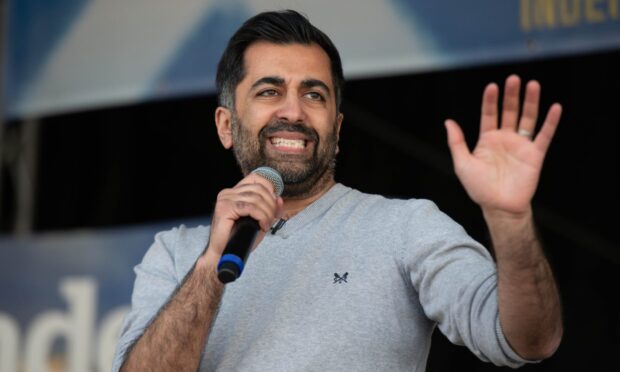Married couples in Scotland face a double raid on their wallets after Holyrood backed higher earners paying the most tax the UK, experts have claimed.
MSPs last night voted on setting Scottish rates and bands of income tax for the first time and opted to keep them at current levels, meaning around 368,000 people in the 40% band will not receive the £400 cut being awarded to taxpayers in the rest of the UK.
Moira Kelly, of the Chartered Institute of Taxation, said those with money coming in from personal savings or dividends, and some who benefit from marriage allowance, could be affected twice.
She said: “There will be some Scottish taxpayers who will pay the higher Scottish income tax rate on their earned income, but who will also have to consider the UK rates and thresholds for working out their income tax liability on savings income such as bank interest or share dividends.
“Additionally, taxpayers across the rest of the UK earning between £43,000 and £45,000 will continue to benefit from the marriage allowance on account of being basic rate taxpayers while those earning the same amount in Scotland would forfeit this on account of now being classed as higher rate taxpayers.”
The basic rate for income tax for 2017/18 has been set at 20% charged up to £31,500. A higher rate at 40% charged above the basic rate up to a higher rate limit of £150,000, with income above that charged at 45%.
Scottish Green MSPs allowed the vote to pass by abstaining, despite saying they thought the proposals were timid.
The party supports a 60p rate on for those earning more than £150,000, but has argued voting against the SNP and allowing the budget to fall would lead to “far more damaging cuts”.
The Conservatives warned the move will damage Scotland by making it the “highest taxed part of the UK”, while Labour and the Liberal Democrats – who both favoured limited tax increases to protect services – accused the government of being too timid with its new income tax powers.
Derek Mackay, the finance secretary, said: “I remain convinced that our income tax proposal strikes the correct balance between protecting low and middle income taxpayers, but still raising additional revenue.”
Murdo Fraser, the Tories’ finance spokesman, branded the deal with the Greens “grubby”, adding there “is no-one as magical as Mr Mackay at producing money from no-where to get him out of a budget hole.”
Alex Rowley, Labour’s deputy leader said: “Nobody will ever forget – or forgive – SNP ministers for deciding to continue with Tory austerity when they have the power to cancel the £170 million cut to local services such as education and care for the elderly.”










